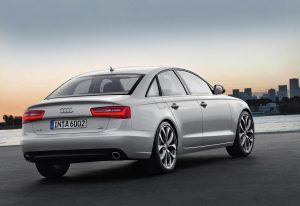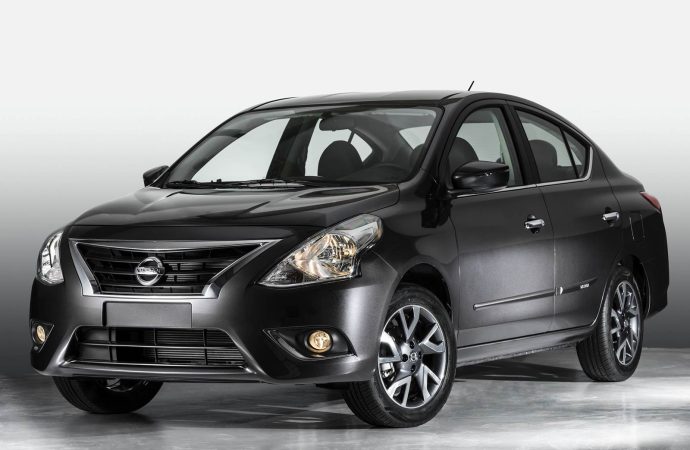In a dynamic global automotive landscape, where sustainability, technological advancements, and market demands intersect, Stellantis, one of the world’s leading automakers, is making strategic maneuvers. The recent announcement to shift some of its Chinese electric vehicle (EV) production to Europe signifies a pivotal moment in the company’s trajectory. This move underscores broader trends reshaping the
In a dynamic global automotive landscape, where sustainability, technological advancements, and market demands intersect, Stellantis, one of the world’s leading automakers, is making strategic maneuvers. The recent announcement to shift some of its Chinese electric vehicle (EV) production to Europe signifies a pivotal moment in the company’s trajectory. This move underscores broader trends reshaping the automotive industry, from geopolitical tensions to evolving consumer preferences for electric mobility. In this article, we delve into the rationale behind Stellantis’ decision, its potential implications, and the broader context of the global automotive market.
Stellantis’ Strategic Shift: Rationale and Implications

Image by: yandex.com
Stellantis’ decision to relocate some of its Chinese EV production to Europe stems from a multifaceted strategic calculus. Firstly, it reflects the company’s commitment to optimizing its production footprint in response to evolving market dynamics. By leveraging its existing manufacturing capabilities in Europe, Stellantis aims to streamline operations, reduce logistical complexities, and enhance supply chain resilience.
Moreover, the move aligns with Stellantis’ broader sustainability agenda, as Europe emerges as a frontrunner in promoting electric mobility and implementing stringent emission regulations. By consolidating EV production closer to its primary markets, Stellantis can mitigate environmental impacts associated with long-distance shipping and capitalize on incentives for locally produced electric vehicles.
From a market perspective, shifting production to Europe positions Stellantis to capitalize on the region’s burgeoning demand for electric vehicles. With policymakers, consumers, and industry stakeholders increasingly prioritizing sustainable mobility solutions, Stellantis’ strategic pivot underscores its commitment to remain at the forefront of this transformative shift.
Global Automotive Landscape: Trends and Challenges
Stellantis’ decision to relocate EV production from China to Europe reflects broader trends reshaping the global automotive landscape. Geopolitical tensions, trade uncertainties, and regulatory changes have compelled automakers to reassess their manufacturing strategies and adapt to a rapidly evolving environment.
China, once hailed as the epicenter of electric mobility, continues to be a crucial market for automakers. However, geopolitical tensions and regulatory complexities have added layers of uncertainty, prompting companies like Stellantis to diversify their production bases and mitigate geopolitical risks.
Simultaneously, Europe’s ascent as a hub for electric mobility presents compelling opportunities for automakers. With ambitious targets for carbon neutrality and robust incentives for electric vehicle adoption, European markets offer a fertile ground for companies willing to invest in sustainable mobility solutions.
Analysis Table: Stellantis’ Production Shift
| Factors | Analysis |
|---|---|
| Market Dynamics | Shifting production to Europe aligns with market trends, tapping into the region’s growing demand for electric vehicles. |
| Sustainability | Localization of production reduces environmental impact and aligns with Stellantis’ sustainability objectives. |
| Operational Efficiency | Consolidating production in Europe streamlines operations and enhances supply chain resilience. |
| Geopolitical Considerations | Diversifying production bases mitigates geopolitical risks associated with tensions between China and the West. |
Comparative Analysis: Stellantis vs. Industry Peers
| Aspect | Stellantis | Industry Peers |
|---|---|---|
| Production Strategy | Shifting some Chinese EV production to Europe for optimization and market alignment. | Varied strategies, including joint ventures, localized production, and global supply chain management. |
| Market Focus | Capitalizing on Europe’s growing EV demand and stringent emission regulations. | Diversified focus across regions, adapting to market-specific demands and regulatory landscapes. |
| Sustainability Agenda | Emphasizing environmental sustainability through localized production and reduced emissions. | Varying degrees of commitment to sustainability, with some peers prioritizing electrification and green initiatives. |
| Geopolitical Response | Mitigating risks associated with geopolitical tensions by diversifying production bases. | Adaptation strategies tailored to geopolitical dynamics, including localization and strategic partnerships. |
Conclusion
Stellantis’ decision to relocate some of its Chinese EV production to Europe exemplifies the complex interplay of market forces, sustainability imperatives, and geopolitical considerations shaping the automotive industry. By strategically aligning production with market demand and sustainability goals, Stellantis seeks to bolster its competitive position in an increasingly electrified automotive landscape. As the industry continues to evolve, Stellantis’ proactive approach underscores its commitment to innovation, sustainability, and strategic agility in navigating the challenges and opportunities ahead.
















